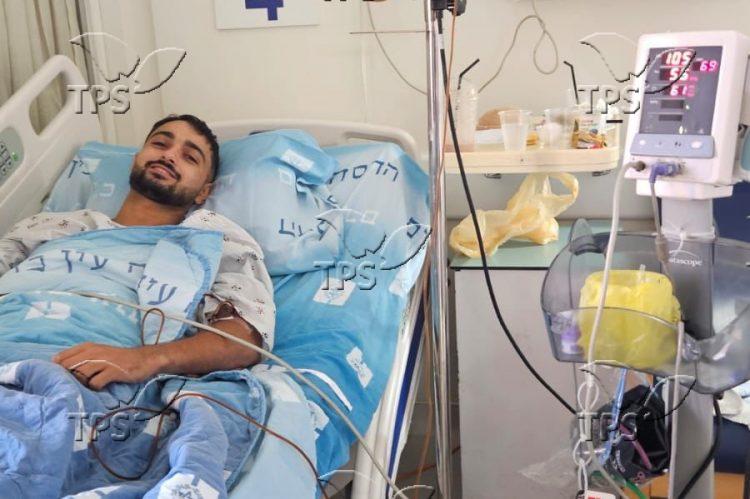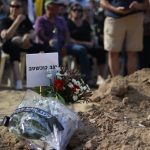Gift of Life: Israeli Soldier’s Selfless Bone Marrow Donation Saves Three-Year-Old
Jerusalem, 31 October, 2024 (TPS-IL) -- A three-year-old boy hospitalized in Jerusalem with blood cancer got a new lease on life thanks to the selflessness of a 21-year-old soldier fighting in Gaza who was identified as a suitable bone marrow donor for the toddler.
“I didn’t have too much to think about. In the end it’s saving a person’s life, and in my case the life of a small child. In moments like this there is no thinking at all,” said Matan Amir, who fights in the army’s Givati Brigade, he said of the operation at the Hadassah-Ein Kerem Medical Center in Jerusalem.
Amir had registered with Hadassah’s bone marrow registry on the day he first enlisted in the Israel Defense Forces, through an arrangement the army has with the hospital. Like other soldiers, he simply provided a simple saliva sample at his screening and didn’t give the matter a second thought.
But months into his service, Amir was identified as a genetic match for a young boy diagnosed with a severe blood disorder and needing a stem cell donation to survive.
When Hadassah’s bone marrow transplant coordinator, Tsila Bargil Ben-Hanan, learned that Amir was a match, she faced the unique challenge of reaching him amid limited cell phone access in the combat area. And so began a complex coordination involving Hadassah, the army, and Amir’s commanding officers to connect Amir with the hospital.
“I left Gaza, opened the phone and saw rescue messages from the bone marrow reserve in Hadassah,” Matan recalled. “I went back to her and we talked, she explained to me what it was about and what process I would have to go through if I decided to donate bone marrow. I immediately agreed and I immediately told her that of course I would do it. I didn’t see it as a difficult or complex story.”
With the army’s approval, Amir met with Prof. Reuven Or, an expert in hematology and director of Hadassah bone marrow pool. During the meeting, Or explained the two main methods of bone marrow donation. One involves harvesting stem cells directly from the bloodstream through a process called apheresis, which involves a small injection and blood filtration. The other, less common but more effective in certain cases, requires extracting bone marrow cells from the pelvic bone using a specialized needle.
For Amir’s young recipient, the pelvic bone procedure was recommended due to the child’s age and condition. Amir agreed immediately.
“The process hurt a bit,” Amir shared. “But it was worth every moment to help a child. Any temporary pain for me meant saving a life, and that’s all that mattered.”
Said Or, “Donating bone marrow is, of course, true volunteering, which is highly valued. To me, every donor is a hero, and giving is heroic in the literal sense of the word, both contributing to saving lives in Hadassah and contributing to saving lives in the army.”
Amir’s recovery from the donation required a short break from his military duties, particularly refraining from physical activity for a week.
Though Amir currently has no information about the boy he helped save, he knows that they could meet in the future. The identity of donors and recipients remains confidential for a year, but after that, should both parties desire, they may meet.
Amir is hopeful he will one day meet the recipient.
“If he wants, I would be honored,” he said. “For me, it wasn’t much — it’s all worth it if he gets to live.”







